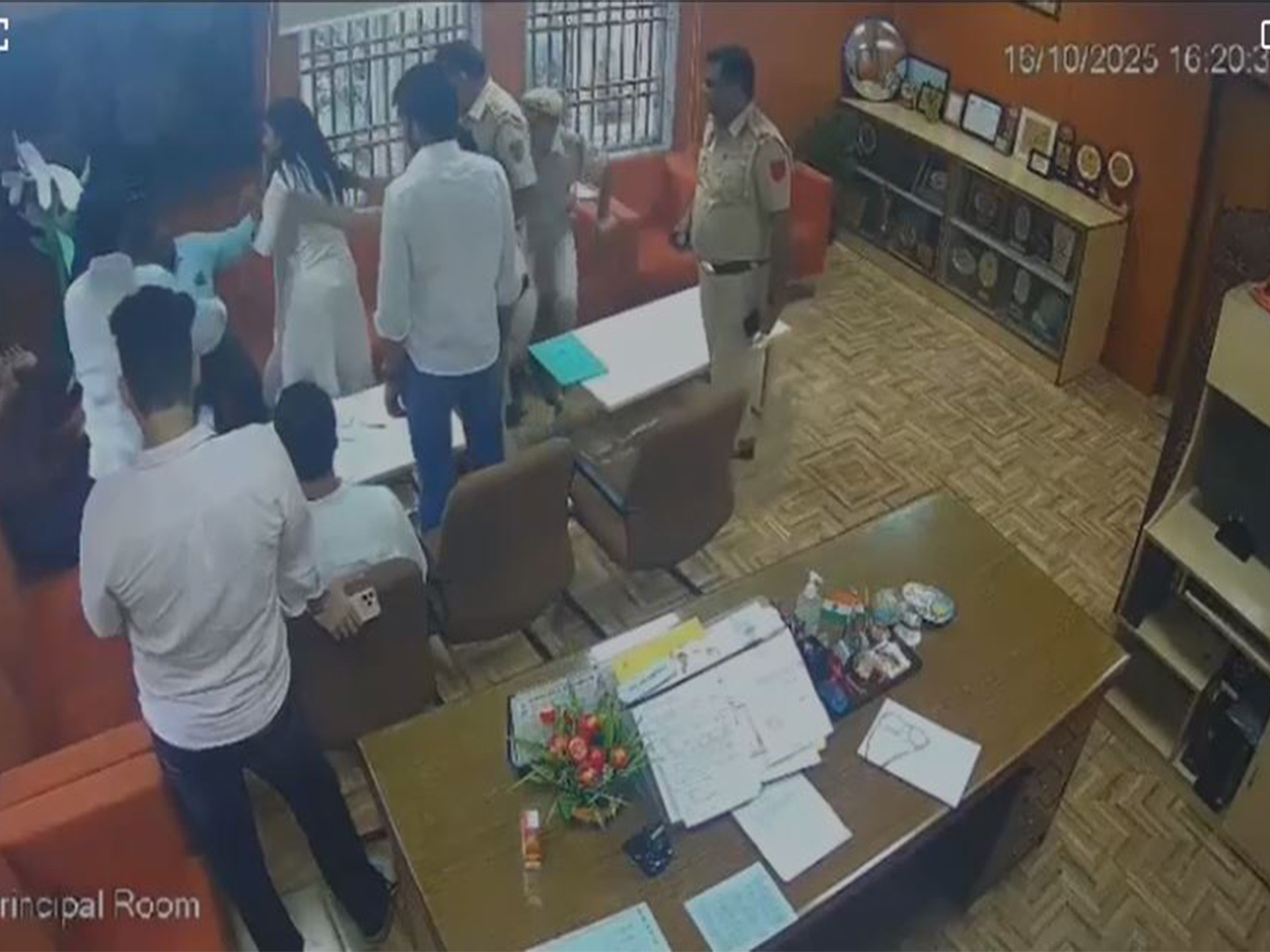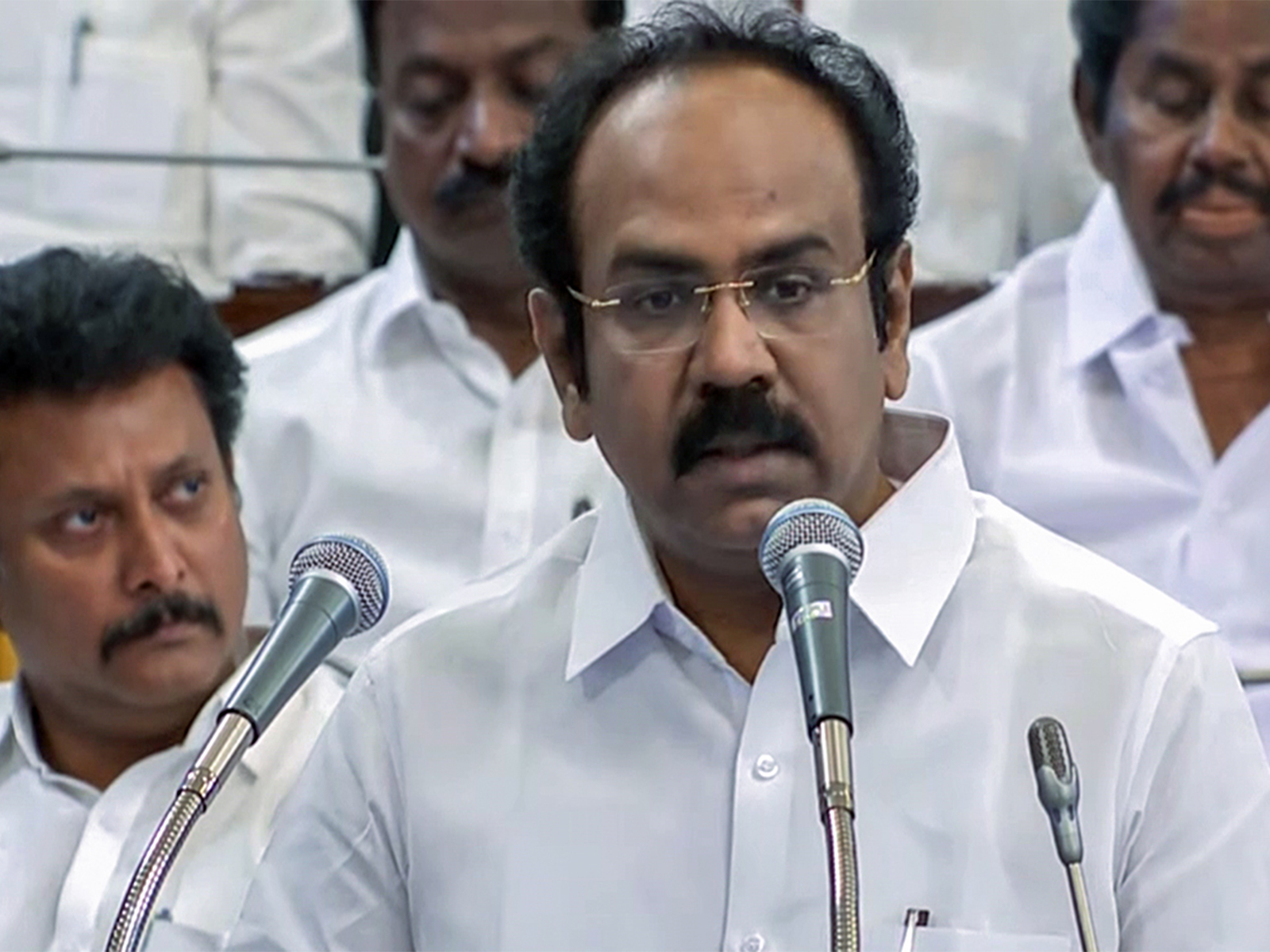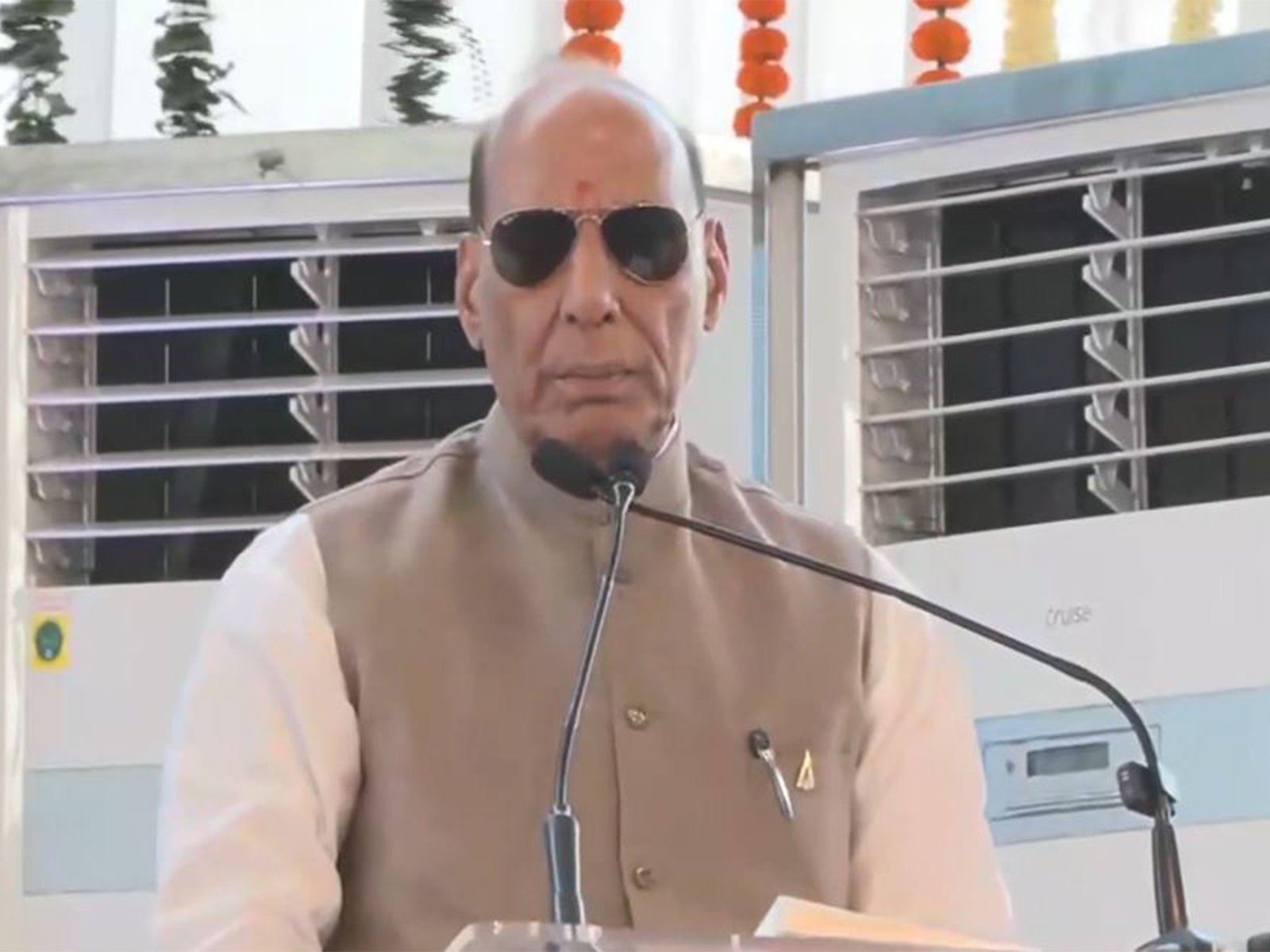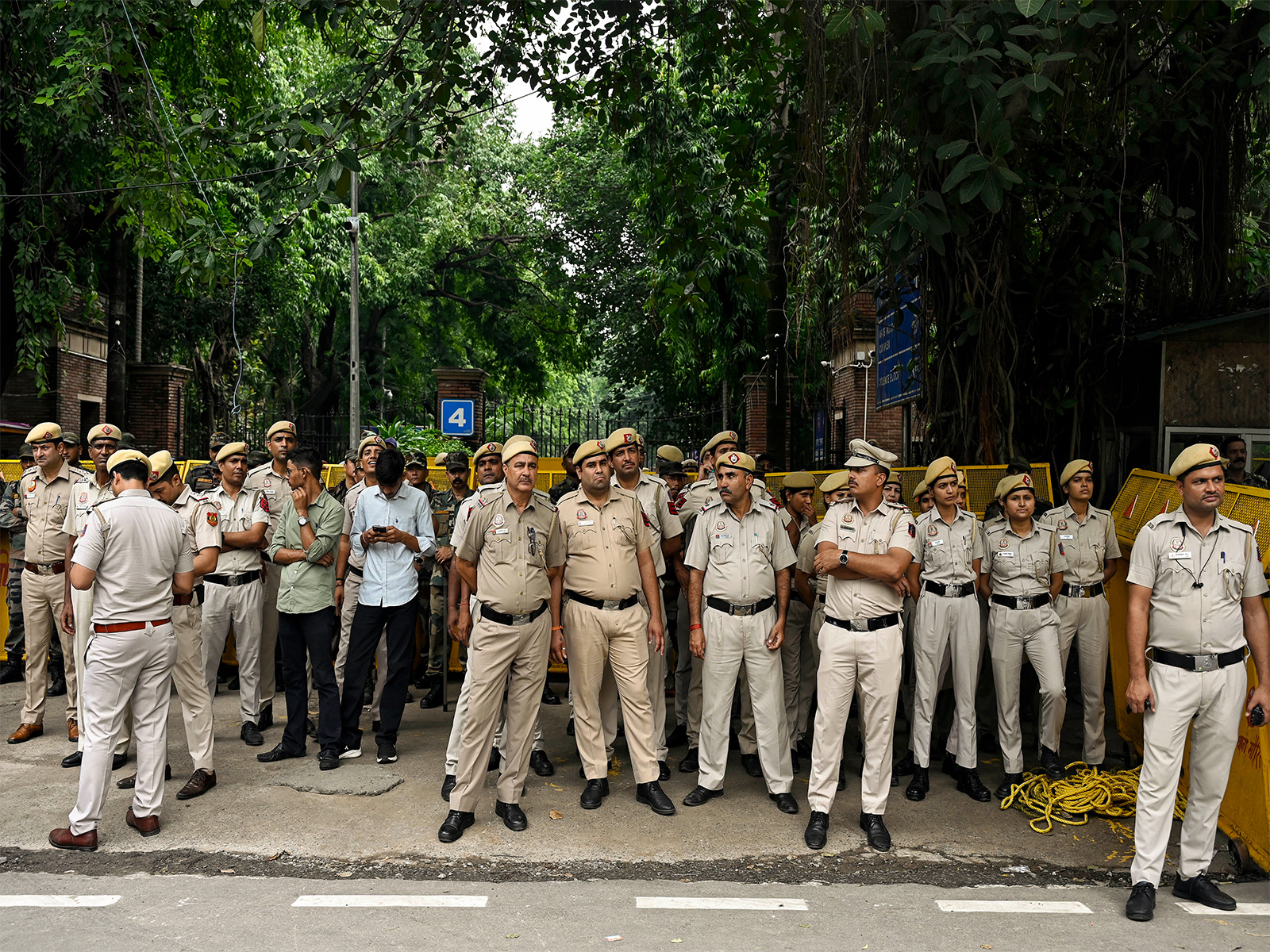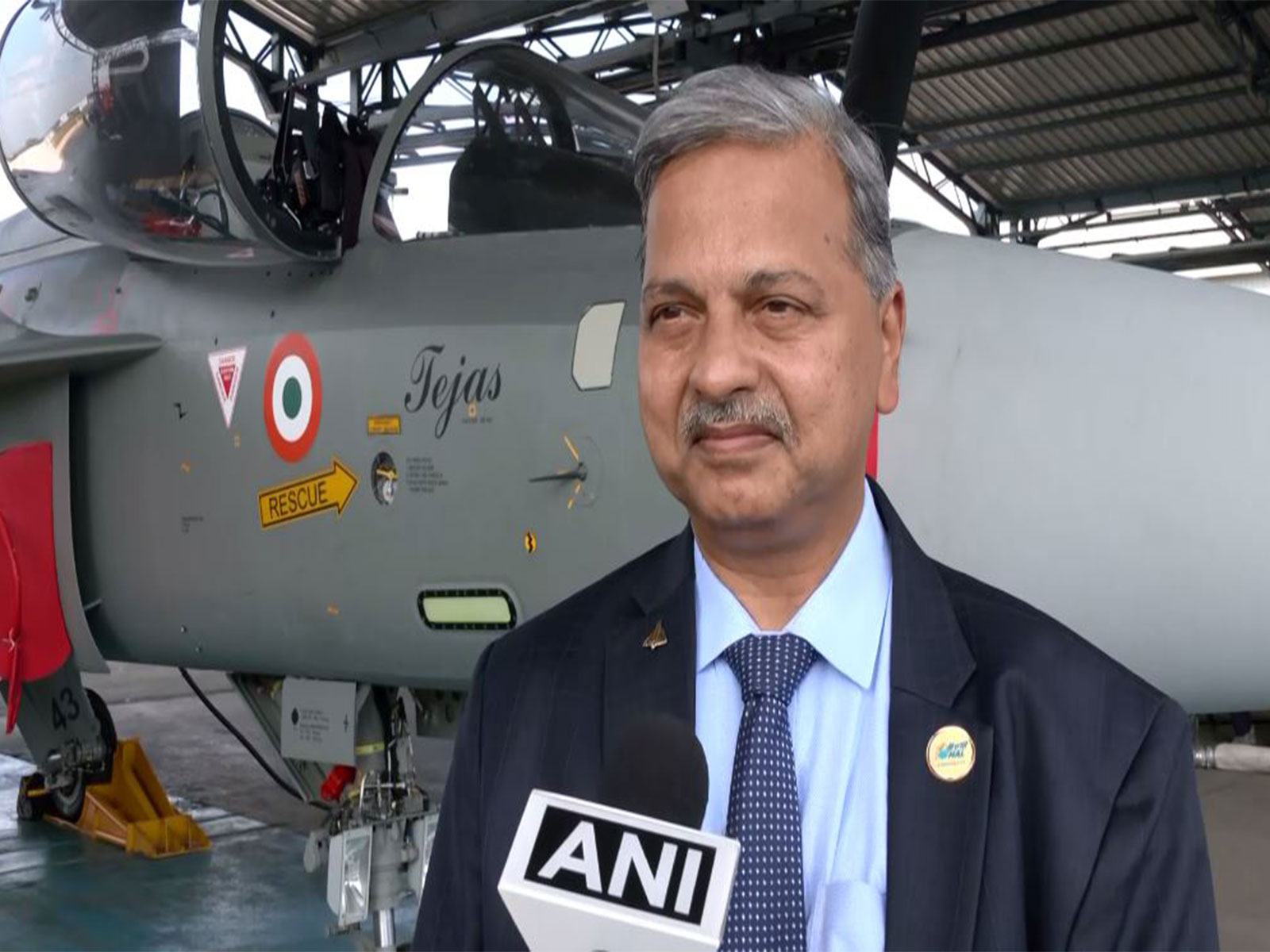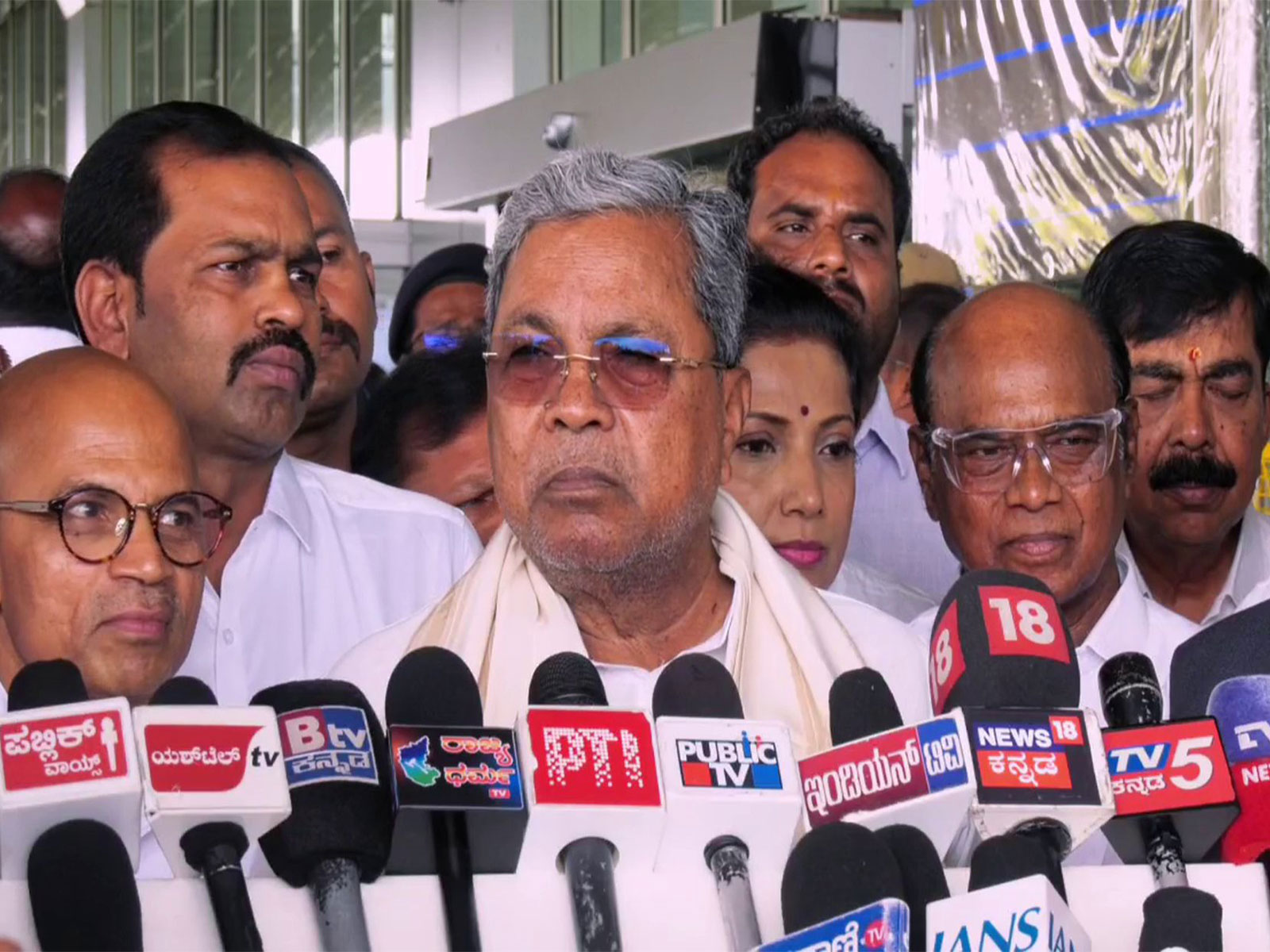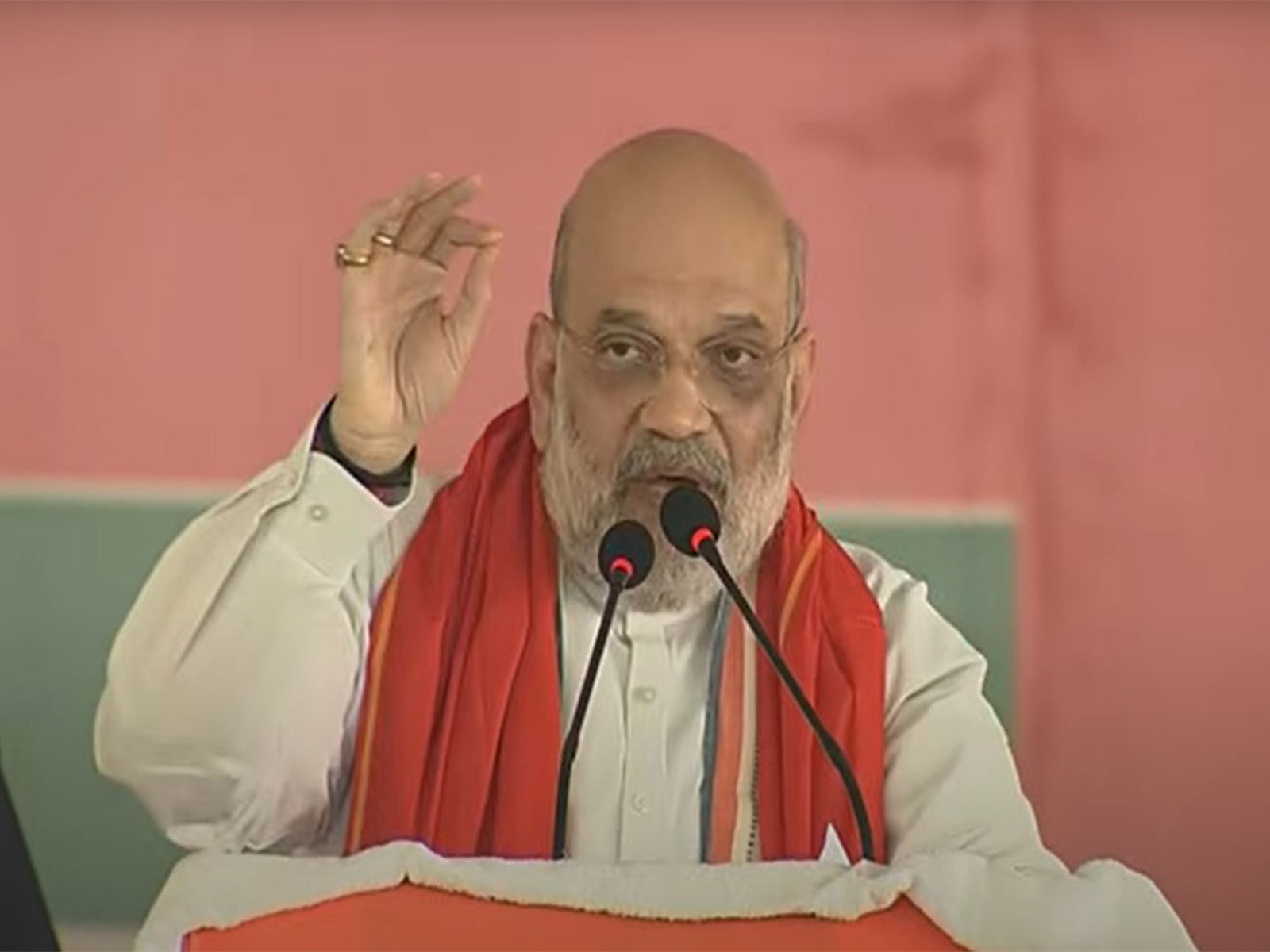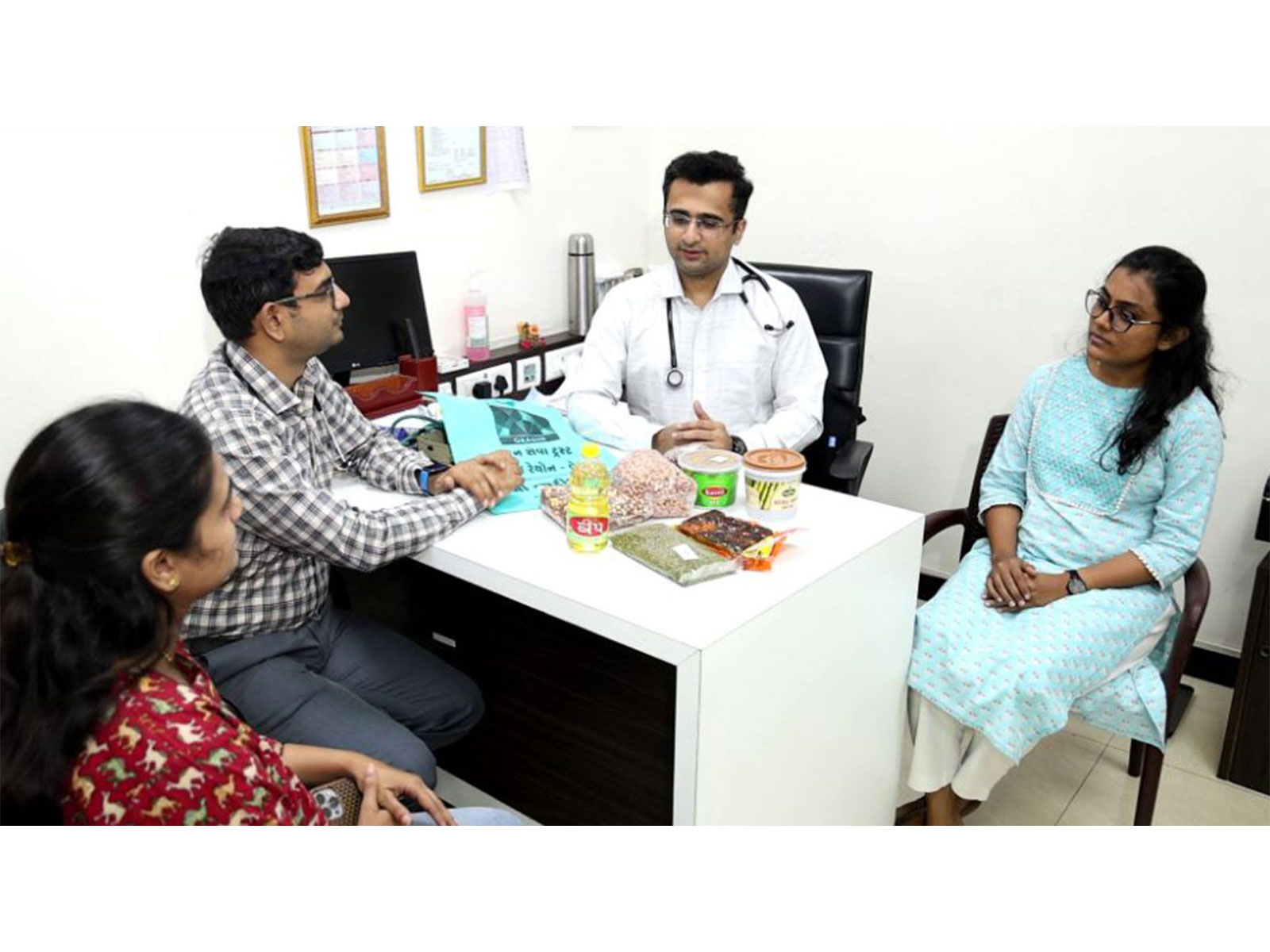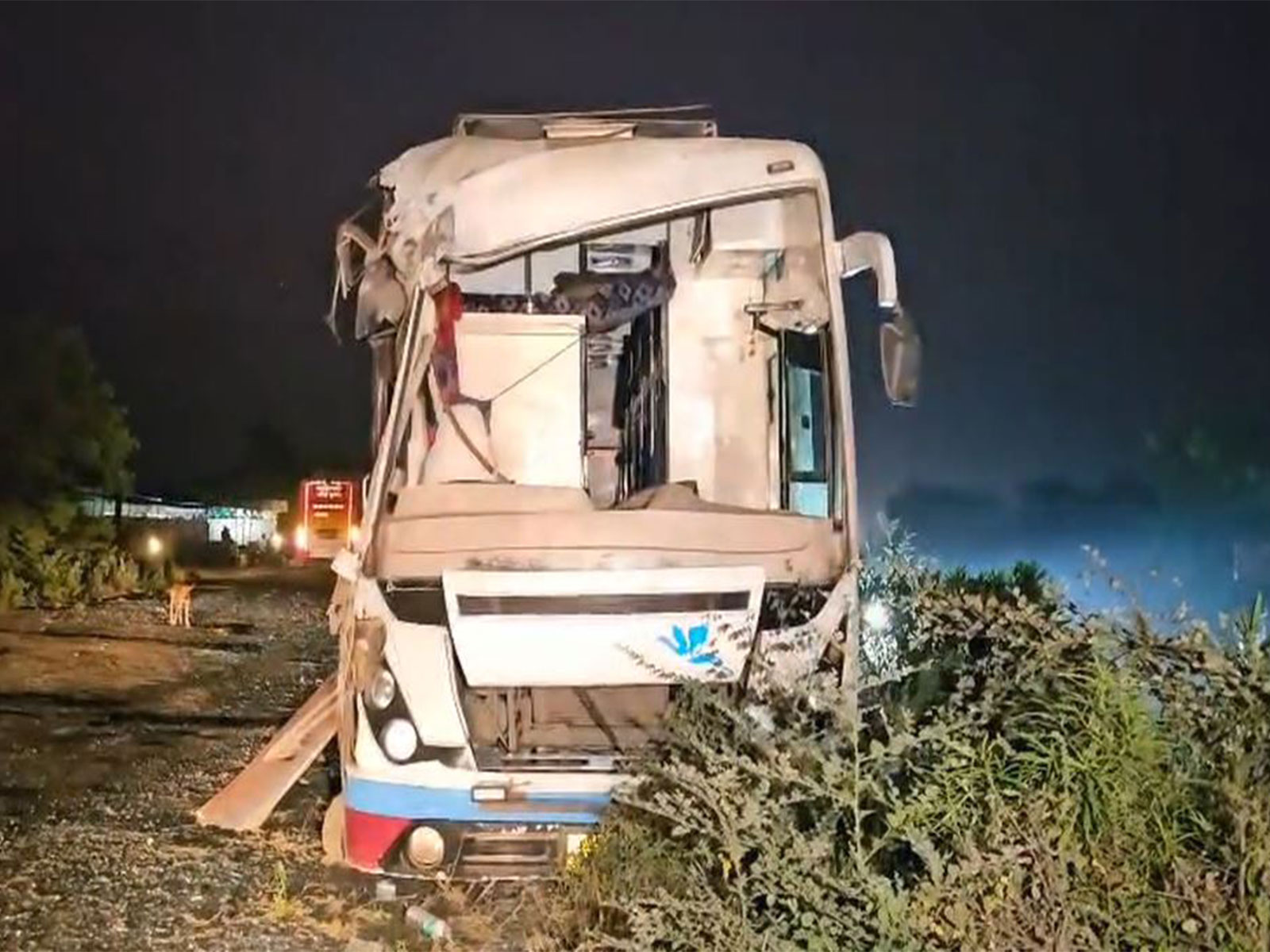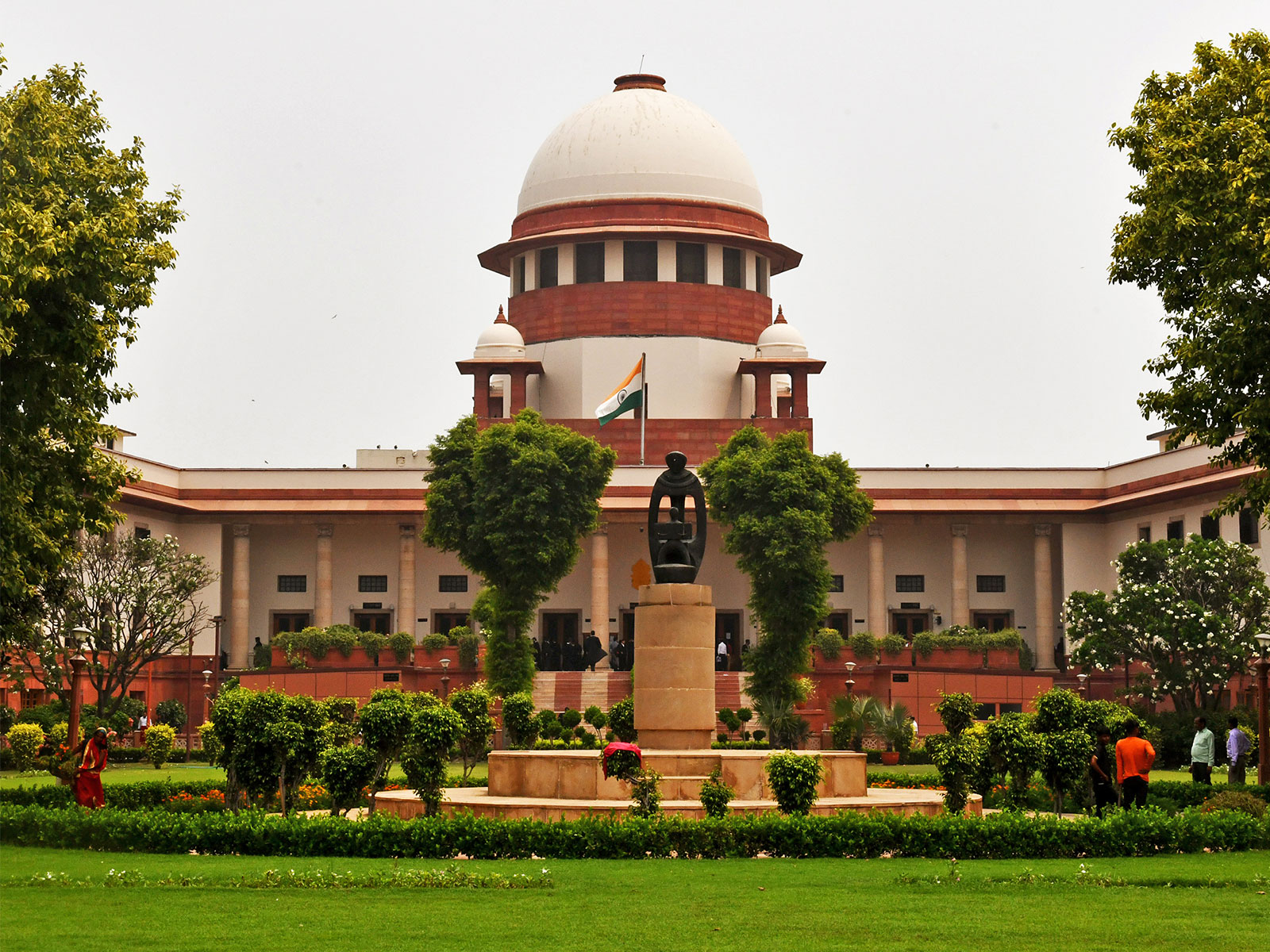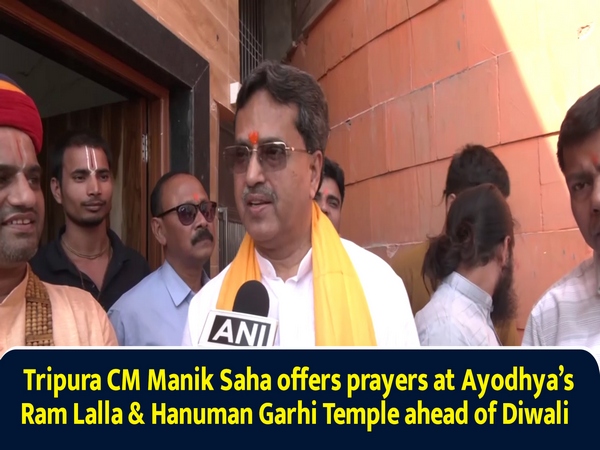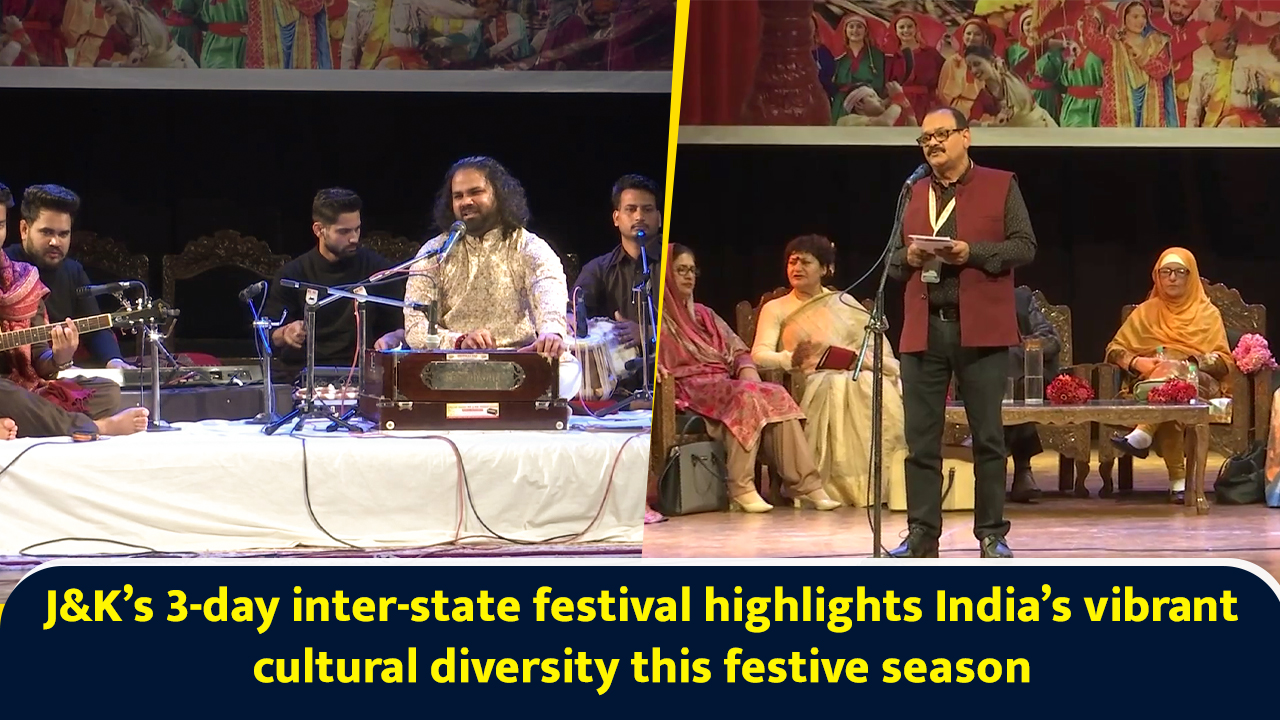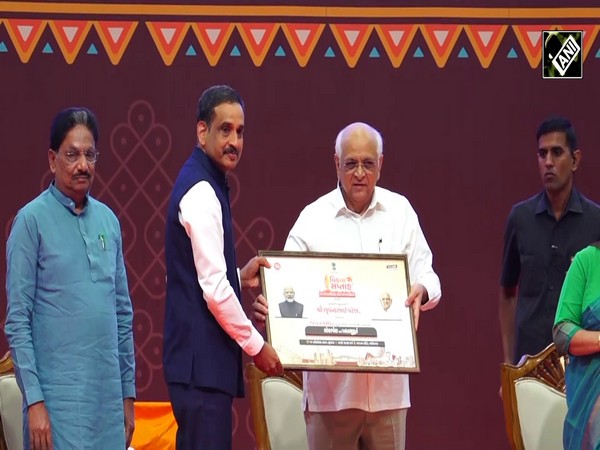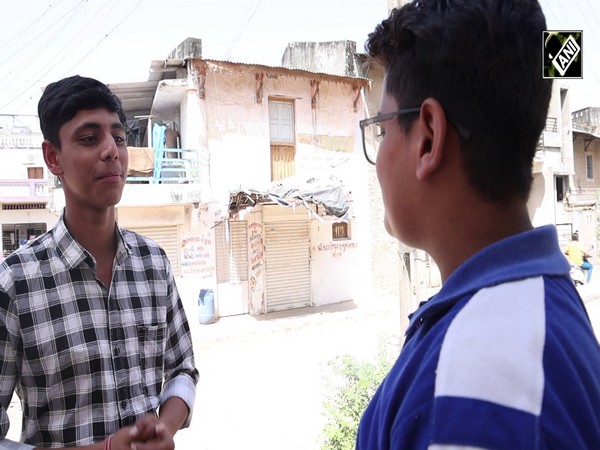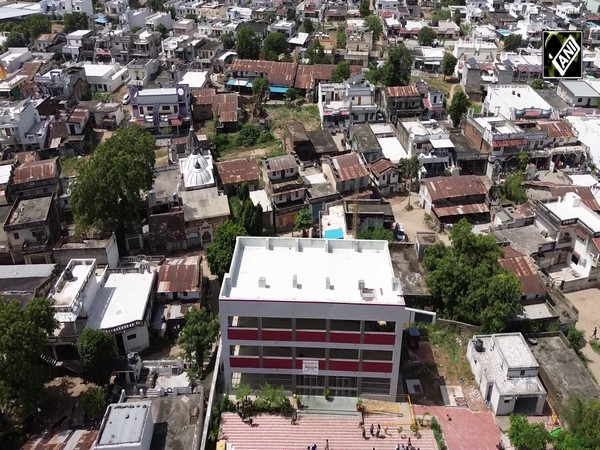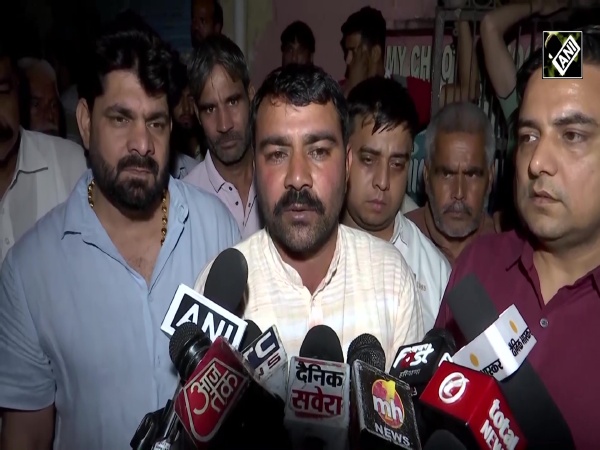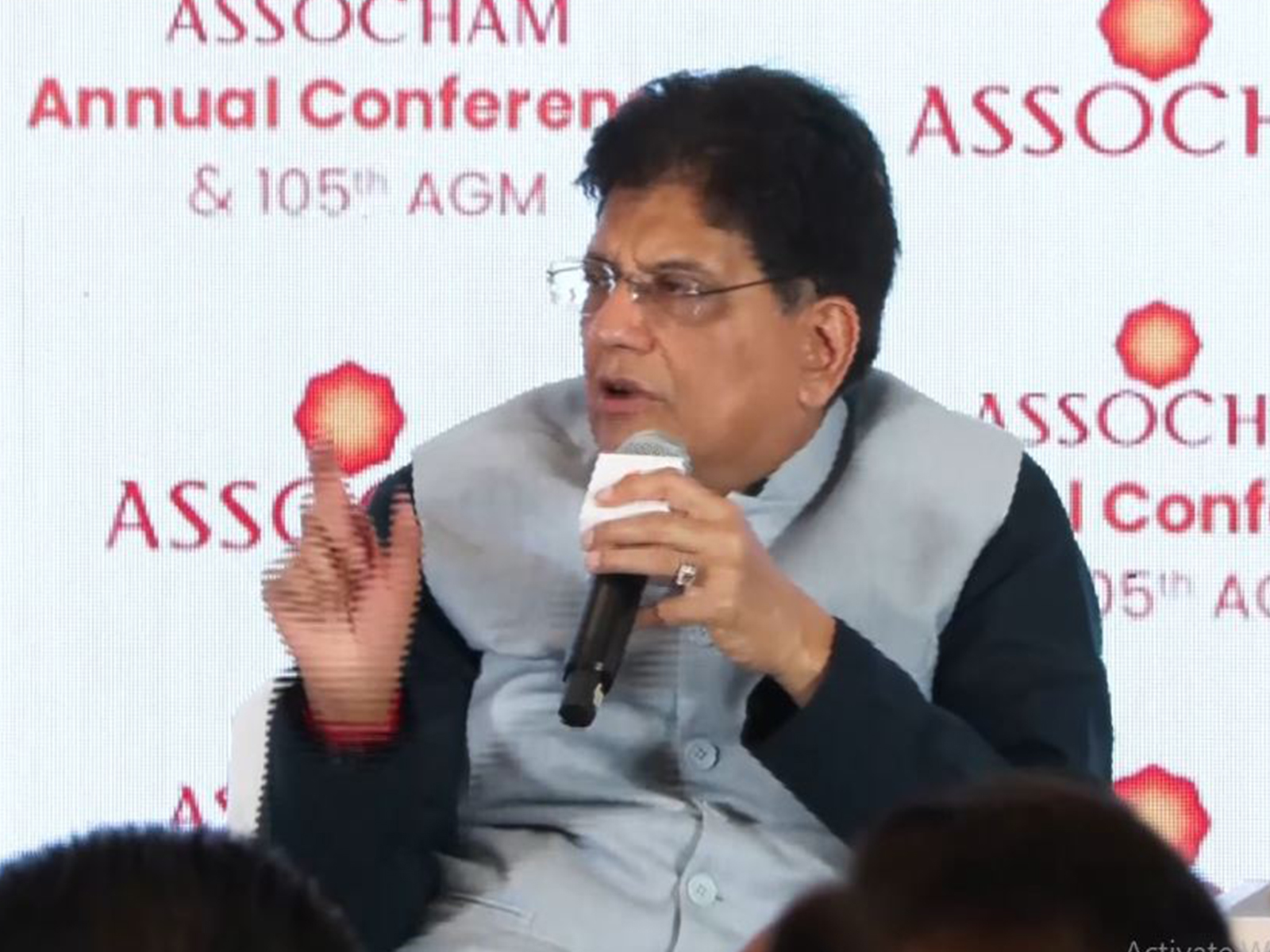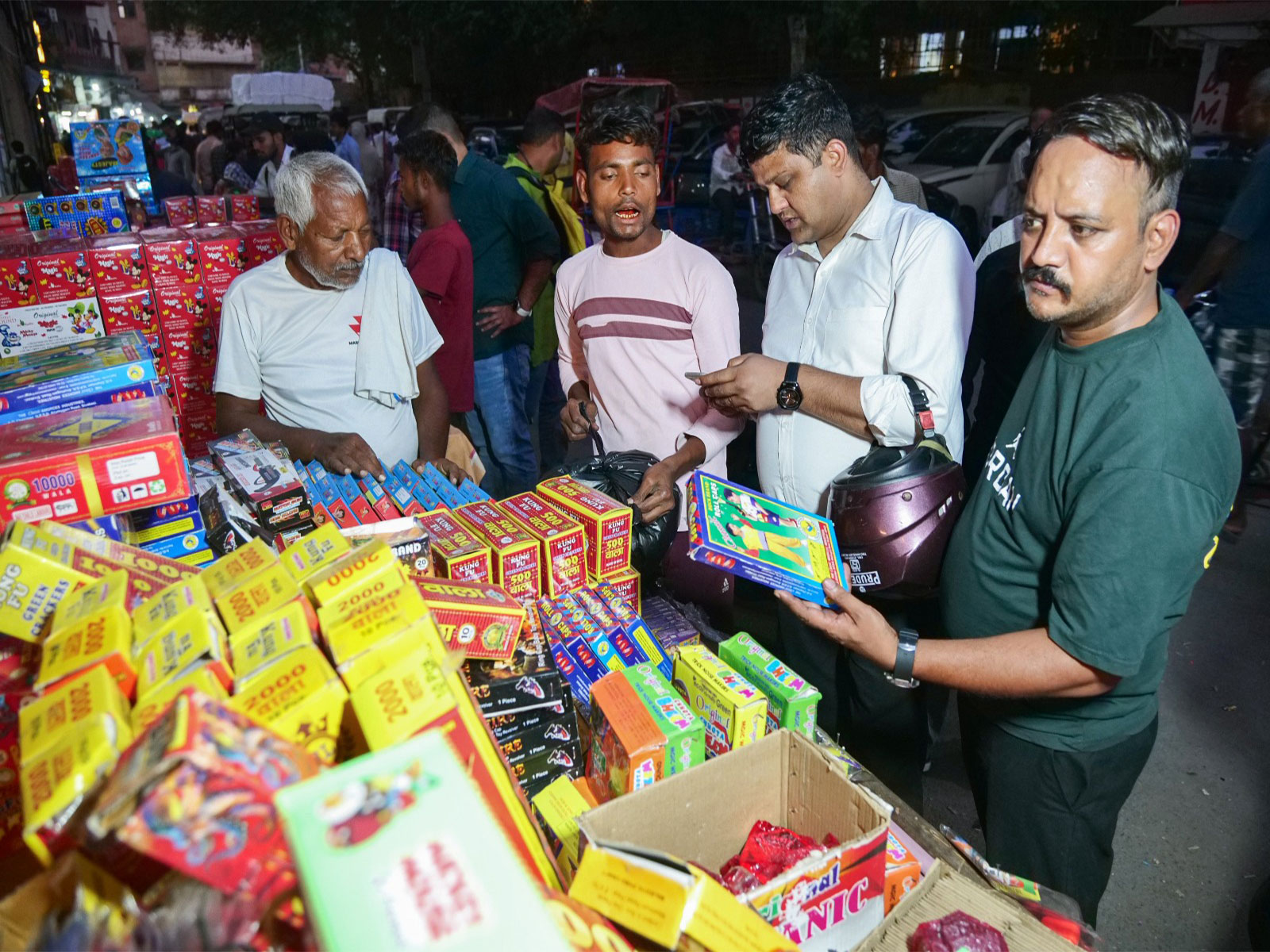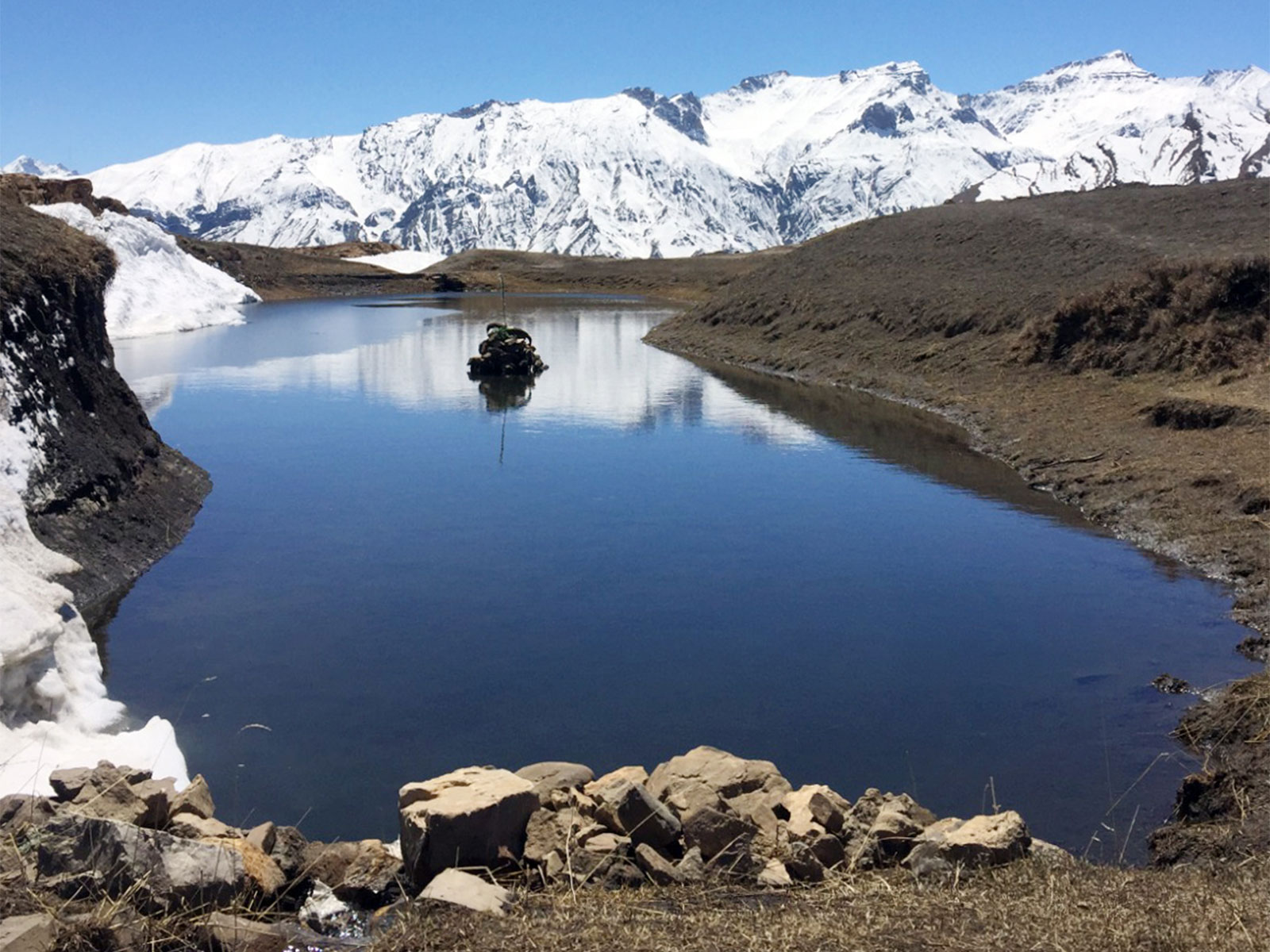
Beyond the Ice: Where courage is the currency of life
Oct 17, 2025
By Shivani Mehla, Ips
Spiti (Himachal Pradesh) [India], October 17 : In the high-altitude deserts of Lahaul and Spiti, where the air is thin and temperatures plunge to bone-shattering lows and an average altitude of 4270 meters, the true warmth of the human spirit is etched not in sunlit meadows, but on the faces of those who stand guard on the roof of the world.
Welcome to a land of surreal beauty, where rugged, snow-draped mountains pierce a cobalt sky, and ancient Buddhist monasteries like Keylong and Tabo cling to cliff-sides, preserving a millennium of culture. Lahaul and Spiti, one of India's most critical and geographically extensive districts, is a place of stark contrasts. It is a cold desert where the Spiti River carves through a majestic, moon-like landscape, and where the simple act of breathing can be a challenge. Yet, the most defining feature of this region is not its terrain, but its people--a community whose bravery is matched only by their profound kindness.
The Atal Tunnel, as emphatically highlighted by our Honorable Prime Minister Narendra Modi during his official visit to Lahaul and Spiti, stands as a powerful testament to the prowess of the Border Roads Organisation (BRO), whose personnel braved extreme altitudes and treacherous conditions to turn a long-standing vision into reality, embodying a 'never say die' spirit.
For the district, the tunnel is a beacon of transformative progress, moving from six months of isolation each year to integration by not only providing all-weather connectivity but also by fulfilling the Prime Minister's pledge to bring 24x7 electricity and development to the region, thus empowering local communities and securing the borders.
On a macro level, the successful completion of such a challenging project is presented as a symbol of India's collective resolve. It demonstrates the nation's capability to dream big, overcome any obstacle, and turn a long-standing vision into reality. It embodies the spirit of "Yes, We Can! Yes, We Will" as propounded by the PM on the 74th Independence Day.
This is a land of profound duality--a living tapestry where the threads of ancient traditions are intricately woven with the demands of modernity. From this vantage point, one can observe the timeless rhythm of monastic chants against the steady hum of arriving tourists, a delicate balance maintained by the unwavering resolve of its sentinels.
Jagdalpur, Chhattisgarh | On surrender of 208 Naxalites, Chhattisgarh DGP Arun Deo Gautam says, "The kind of appeal that Naxalite organisations have made for Bastar, and we have been doing it consistently, is that the youth were being misled that they were fighting for the people of Bastar. But they have realised that they weren't fighting for the people; they were harming them. Bastar hasn't developed in all these years. Now, if they all contribute together, Bastar will progress... It's not about tactics, now the foundation is gone..."
To understand Lahaul and Spiti is to journey back through the annals of the Old Silk Road. This region was not a peripheral outpost but a critical conduit where the Indian subcontinent merged with the vast networks of Central Asia. Caravans laden with spices, pashmina, and ideas traversed these formidable passes, leaving behind an indelible cultural and genetic imprint.
The majestic monasteries of Key, Dhankar, and Tabo--the latter often called the 'Ajanta of the Himalayas'--stand as stoic libraries of this shared heritage. This history as a crossroads imbues the region with a unique societal fabric, a blend of Tibetan Buddhism and indigenous traditions that has cultivated a community renowned for its resilience and profound kindness.
The 6:30 AM Challenge: When Mercury Plunges, Spirits Soar
Imagine a world where 6:30 AM heralds not just a new day, but a fresh battle. Here, temperatures can plummet to a staggering -30 °C, a cold so intense it seizes the breath. But as the sun struggles to crest the peaks, another force is already in full swing: the indomitable courage of the district's officials. For them, the cold is a mere backdrop; their work is what defines them.
This is where the ancient Sanskrit shloka, "Karmanye Vadhikaraste" (your right is to duty alone), finds its purest meaning. For the police and officials stationed here, duty is not a job; it is a form of worship. Their altar is the treacherous highway, their offering is vigilance, and their prayer is the safe passage of every traveller.
The Triple Challenge: Geography, Society, and Fragile Ecology
This splendid inheritance comes with a tripartite challenge that defines the operational landscape for its administration and police.
1. Geographical Extremes: The terrain is a breathtaking yet brutal expanse of high-altitude deserts and vertiginous valleys. The thin air poses perpetual health risks, from altitude sickness to chronic cardiovascular issues for long-term deployed personnel.
2. Societal Shift: The region's serenity has made it a magnet for the modern pilgrim. An influx of over 1.8 million vehicles last year testifies to its allure. This tidal wave of visitors, while economically vital, places an unprecedented strain on local infrastructure.
3. Ecological Fragility: As an ecologically sensitive zone, the pressure of tourism and climate change threatens its delicate balance. Every administrative decision must therefore be weighed against its environmental impact--a responsibility as daunting as the mountains themselves.
Conquering the Whiteout: Technology as a Strategic Imperative
The extreme climate itself is a relentless adversary. Sudden blizzards can white out roads in minutes, and avalanches can sever connectivity for days. Conventional policing tools are often rendered useless. Standard vehicles cannot navigate snow-clogged passes, and routine patrols become perilous expeditions. This environment demands a technological leap to augment human bravery.
The Tourist Tide, Unseen Guardians, and Silent Sacrifice
The secret of Lahaul and Spiti's breathtaking vistas is out. This incredible influx, while a boon, presents a Herculean challenge for traffic regulation and safety.
When tourists, unprepared for the sheer might of nature, find their vehicles skidding on ice-clad roads, they have one sole reliance: the men in uniform. During such crisis, a standard eight-hour duty becomes a distant dream. Shifts stretch to a gruelling 12, 16, or even 18 hours. Each official remains in the field throughout the frigid night, orchestrating rescues and ensuring no one is left behind. It is through these daily, monumental efforts that an unbreakable bond of trust with the public is forged.
The sacrifice of these guardians is often invisible. The human body is not built for prolonged exposure to such extremes. The force routinely battles debilitating health issues--acute altitude sickness, chronic breathing problems, and high blood pressure exacerbated by the thin air. A simple medical emergency becomes a race against time, as reaching a well-equipped hospital can take hours on the very roads they work to keep clear. Years of service in this majestic but merciless terrain leave an indelible mark on their health--a long-term price paid for their nation.
The Unseen Front: International Borders and Inter-Agency Synergy
Adding a layer of strategic gravity is the region's status as an international border district. This transforms the local police from mere custodians of law and order into guardians of national security, requiring constant vigilance and a seamless flow of intelligence. This necessitates unparalleled coordination with the Leh-Ladakh Police and UT administration. Joint exercises, shared intelligence, and coordinated disaster response protocols are not mere formalities but essential practices for national security, creating a continuum of vigilance across the Himalayan frontier.
Policing at the Peak: A Vision for Continuity and Change
In this crucible of challenges, the ethos of the Lahaul and Spiti Police is one of both continuity and change. The continuity lies in the ancient spirit of duty, visible in the officials who stand for an 18-hour shift in a blizzard. Their courage, as one official aptly stated, is a daily challenge to the mountains: "Every single day when we get up, we challenge the mountains. That is what we are."
Yet, this timeless dedication must now evolve to a more comprehensive one that blends ideals with innovative institutions and practices as the traditional model of policing is stretched to its limit.
Way Forward: Technology as a crusader
A Satellite-Based Token System: There is a pressing need for a specialised GPS architecture, combining rugged hardware and intelligent software, that operates independently of cellular networks considering the large patches of shadow zones in the area. Tourists could be issued a compact, durable tracking token upon entering the district. This device would allow authorities to monitor vehicle movement in remote valleys and, most critically, would feature a one-touch SOS button for passengers to signal distress. The system may function on a deposit-based token return model. All police and rescue vehicles would be equipped with an advanced version, featuring two-way communication, live unit tracking for coordinated response, and geofencing alerts for unauthorised movement near sensitive border areas.
Reinventing Community Policing: Deepen innate trust with local villages by formalising a 'Village Suraksha program, training volunteers as first responders in remote areas equipped with technology for a secure channel of communication ranging from intelligence to rescue operations.
Specialised Tourist Police: A dedicated, highly visible Tourist Police wing, trained in high-altitude rescue, first aid, and multilingual communication, possessing the necessary technological equipment.
Technology as a Force Multiplier: There is a need to strategically deploy all-weather drones and cold-rated specialised vehicles to enhance operational reach, rescue capabilities, and threat neutralisation in the most inaccessible terrain.
Fortifying Institutions: Establishment of well-equipped, high-altitude medical clinics for security personnel--a necessity, not a perk, to mitigate long-term health impacts.
The ideal is clear: the police cannot be everywhere, but through community partnership and technological empowerment, their presence can be felt everywhere.
In the end, Lahaul and Spiti teaches us that courage is not the absence of hardship, but the decision that something else--duty, community, nation--is more important. The sentinels of this land demonstrate that true courage lies not only in defying nature's fury, but in the wisdom to adapt, the humility to collaborate, and the unwavering commitment to preserve a way of life at the crossroads of the world.
Disclaimer: Shivani Mehla, IPS, is the Superintendent of Police, District Lahaul & Spiti. This article is a tribute to the unwavering spirit of the people and officials of Lahaul and Spiti. The views expressed in the article are of the author.
